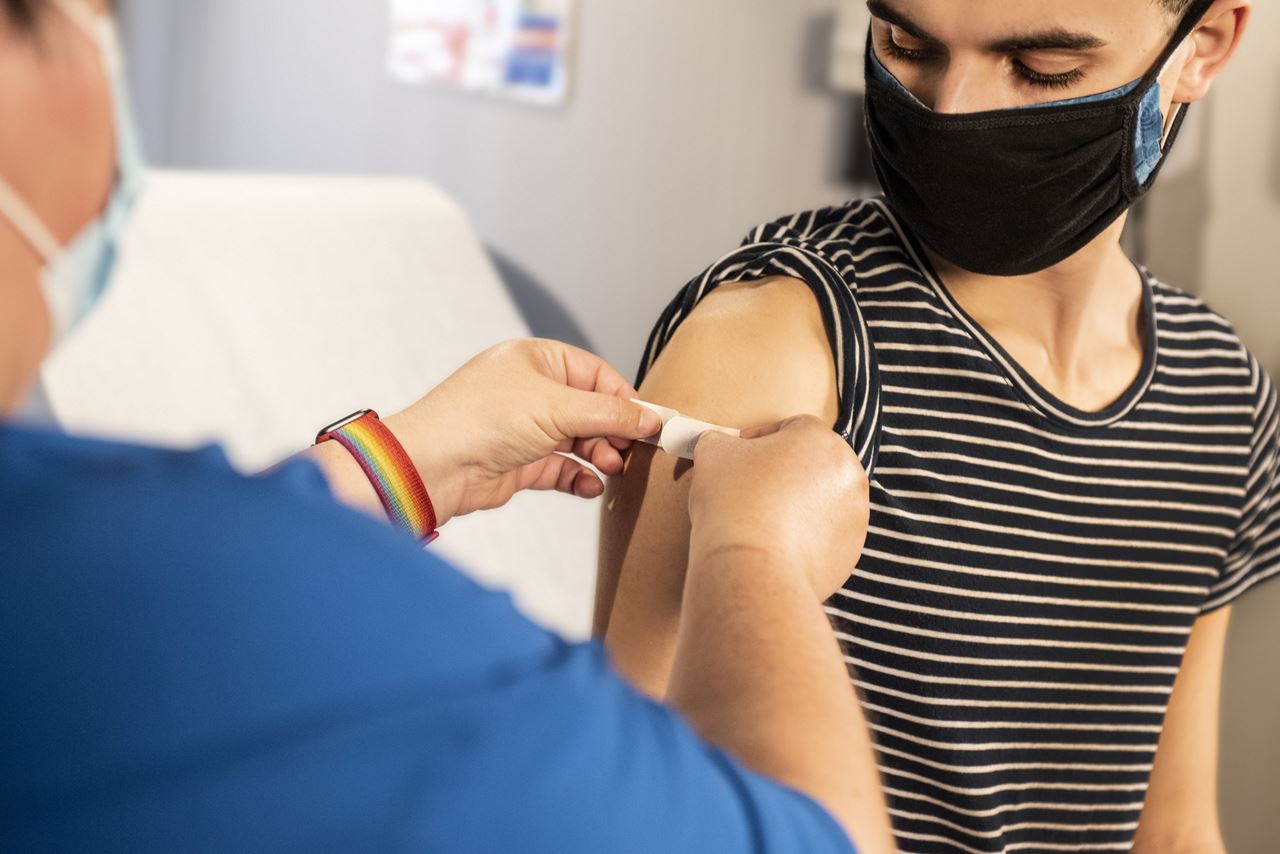We rarely speak about graphene alone. That’s because, since the discovery of graphene, scientists have discovered different types of this material, with different applications. Imagine bread: it comes in different forms and shapes – loafs, pizza, crumbs, toast – but really, it’s always flour, water and yeast. Graphene, too, comes in layers, flakes and different oxidation forms, depending on the properties needed.
Claims that vaccines contain graphene oxide which supposedly leads to effects like magnetism and 5G, are fundamentally false, because graphene oxide is neither magnetic or effective in 5G or any other telecommunications application. This would be like making a sandwich using breadcrumbs! Graphene oxide is often used to make composites and inks for wearable electronics, solar cells and sensors.
Furthermore, the isolation of graphene – a single layer of carbon atoms, exfoliated from graphite – led to the discovery of other really thin “layered materials”. If graphene was the bread, the new layered materials became all the other ingredients. Combined with graphene, they yield mixtures known as heterostructures, which open a world of possibilities for memory devices, gas separation, water filtration and much more!
Read more:
Find more information about the different types of graphene, and discover other ingredients like layered materials and heterostructures.




